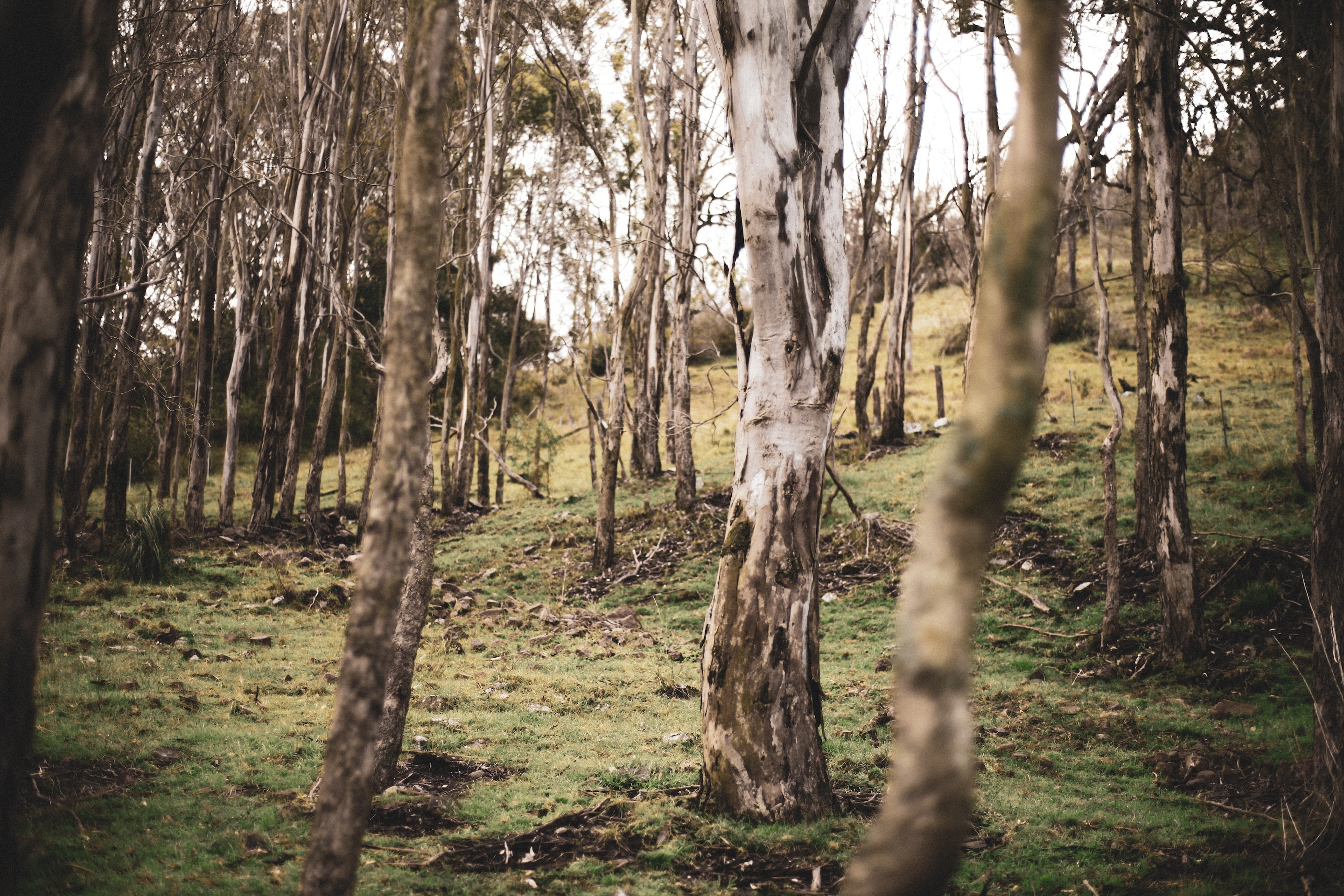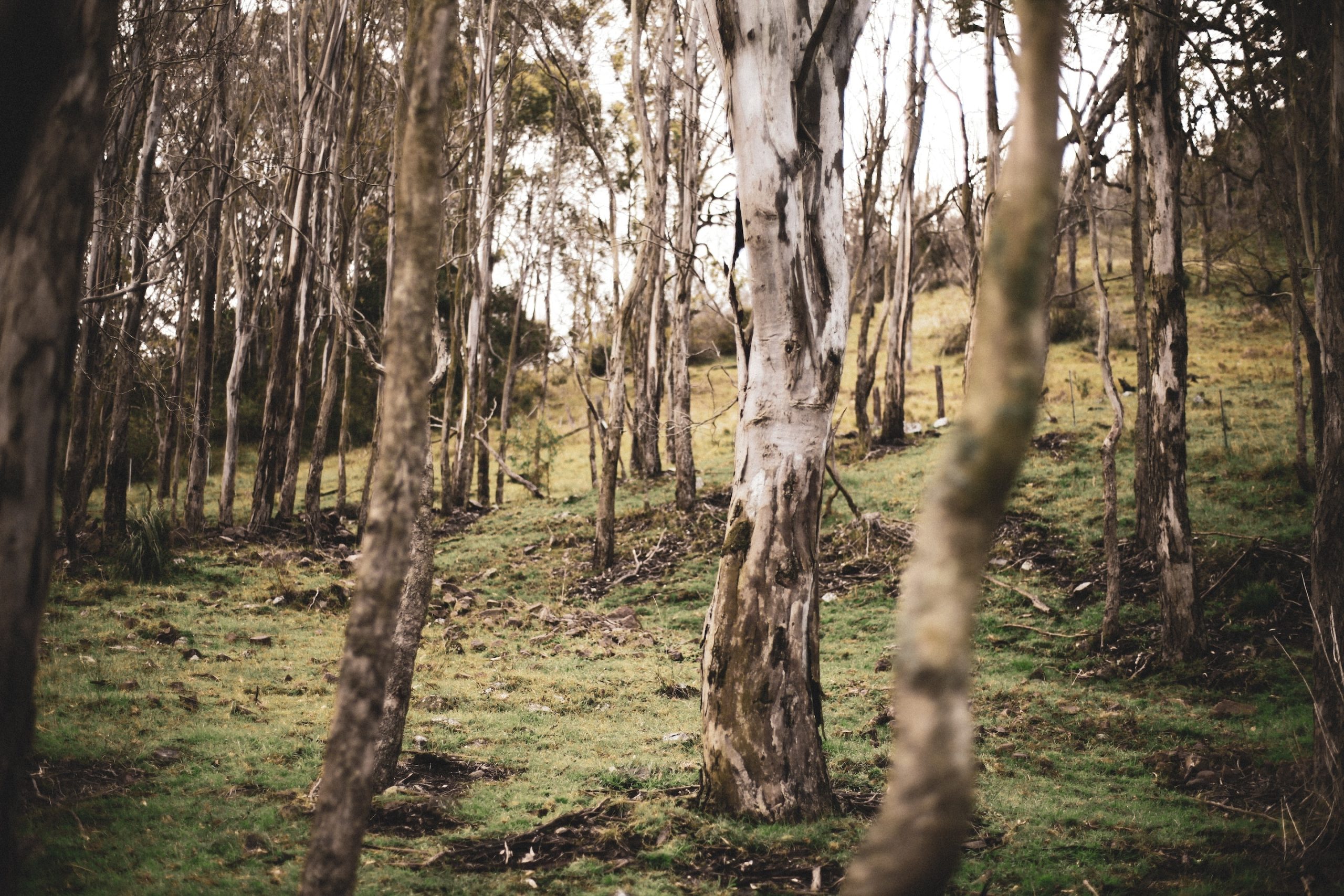When it comes to exploring the weather patterns and climate of Victoria, one question that often arises is whether it snows a lot in this region. Victoria, located in southeastern Australia, is known for its diverse climate and breathtaking landscapes. In this article, we will delve into the topic of snowfall in Victoria, exploring its frequency, intensity, and the regions most affected by snowfall.
Understanding Victoria’s Climate
Victoria experiences a wide range of climates due to its diverse geography, ranging from coastal areas to mountain ranges. While some regions have mild winters, others are prone to snowfall. The region’s climate is influenced by various factors such as the proximity to the coast, elevation, and prevailing weather patterns.
Snowfall in Victoria
Victoria witnesses snowfall during the winter months, typically from June to August. However, the intensity and frequency of snowfall vary greatly across different regions of Victoria. The mountainous areas, such as the Victorian Alps, experience more snowfall compared to other parts of the region.
Regions Prone to Snowfall
The regions that are more susceptible to snowfall in Victoria include the Australian Alps, Mount Baw Baw, and Mount Buller. These areas are known for their ski resorts and attract winter sports enthusiasts from around the country. The snowfall in these regions creates a picturesque winter wonderland and provides a great opportunity for skiing, snowboarding, and other snow-related activities.
Annual Snowfall Statistics
While it is challenging to provide an exact figure for the average annual snowfall in Victoria, the Australian Alps, which span across Victoria, New South Wales, and the Australian Capital Territory, receive an average snowfall of 180 centimeters. However, it is important to note that snowfall can vary significantly from year to year and is dependent on weather patterns.

Effects of Snowfall
Snowfall in Victoria has various effects on the environment and daily life. While it enhances the beauty of the landscapes and provides recreational activities, it can also disrupt transportation and cause inconvenience for residents. It is essential for residents and visitors to be prepared for adverse weather conditions during the winter months.
In conclusion, while Victoria does experience snowfall during the winter months, the amount and frequency vary across different regions. The mountainous areas, such as the Victorian Alps, receive more snowfall compared to coastal regions. Snowfall in Victoria creates opportunities for winter sports and recreational activities, but it can also pose challenges in terms of transportation and daily life. Overall, if you are planning to visit Victoria during the winter season, be prepared for the possibility of snowfall and enjoy the unique experiences it offers.
